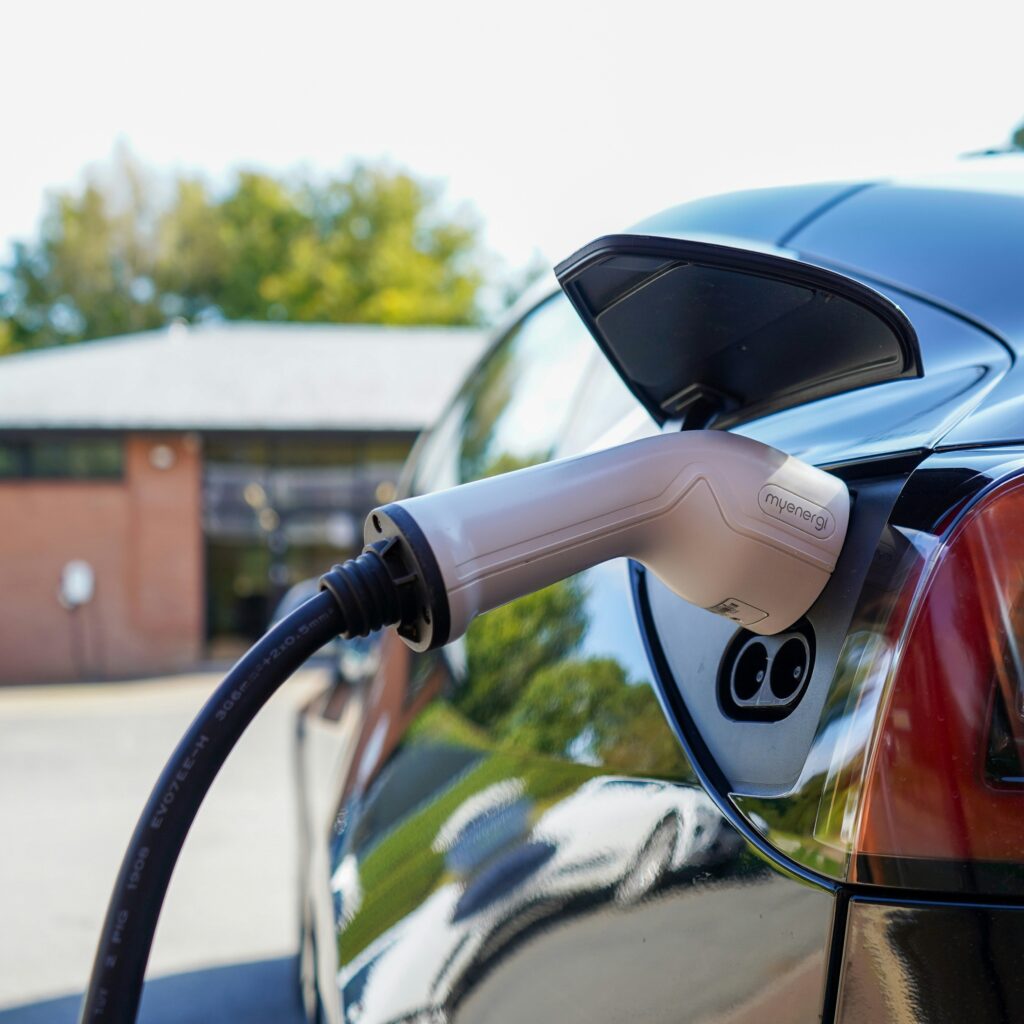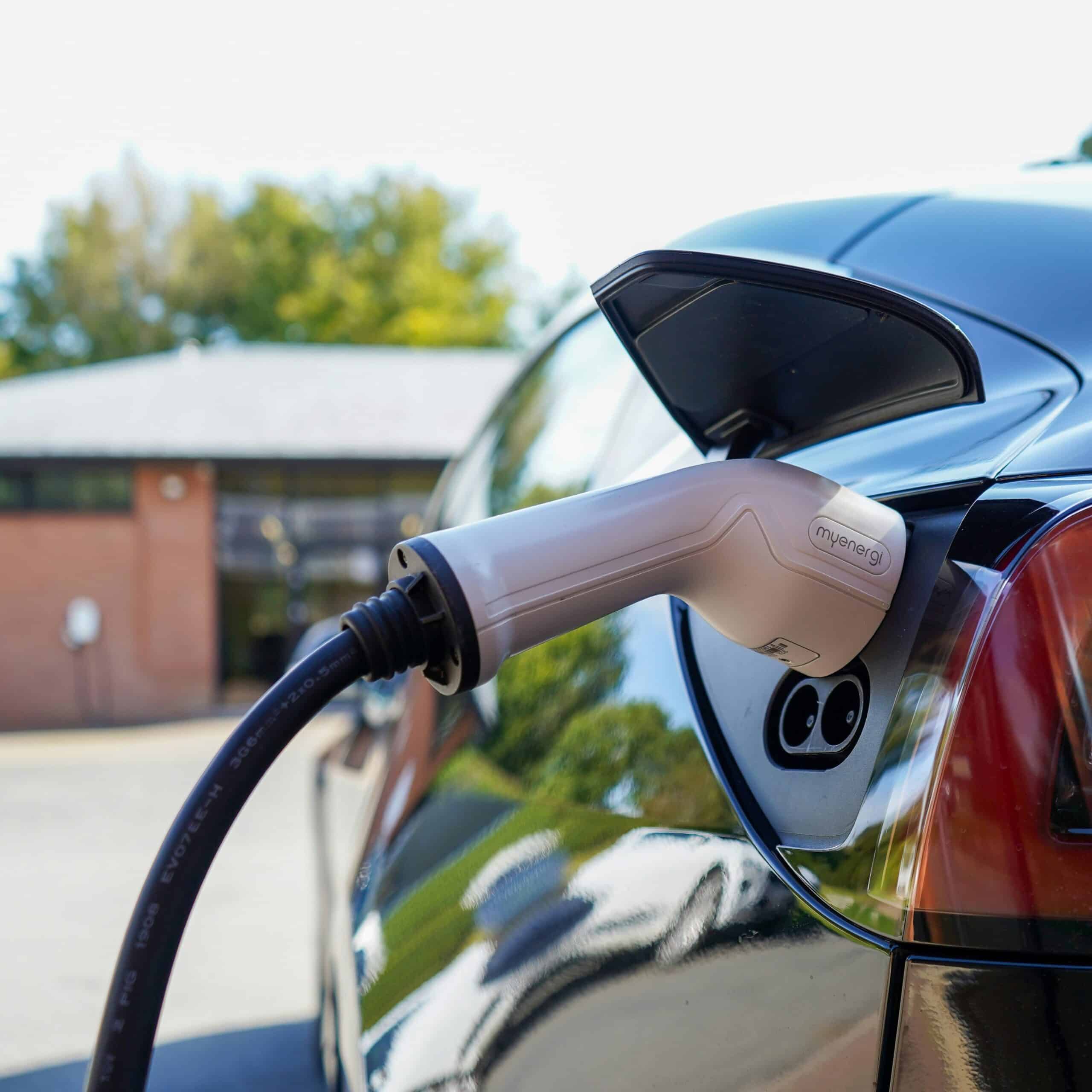In our modern world, electric vehicles are quickly becoming a fast-growing segment of the automobile market. Sales have soared, leveling off at approximately 9% of the new car market, but actually experienced a slight decline at the onset of 2024. According to Reuters, there was a 69% surge in global EV sales in January 2024 compared to the preceding year, although sales dropped by 26% from December.
Based on findings in the current market, J.D. Power revised its 2024 EV Market Share Forecast downward by 0.8% in early 2024, mirroring industry setbacks. Postponed vehicle releases, manufacturing challenges, limitations tied to the Clean Vehicle Credit, deceleration of adoption rates in certain regions, and other contributing factors have slowed the continued growth of the EV market, no question, but that’s not to say they’re around more electric vehicles on the road than ever before.

As we’ve seen the growth in electric vehicles (EVs) over the last few years, the need for efficient and reliable solar EV charging infrastructure is happening now—and cannot be understated. Aggressive policy changes in Congress have been critical to invigorate our switch to renewable energy as a nation. It seems simple: renewable sources, such as solar, are used to charge electric vehicles. But there’s more to the equation. What happens when we experience a cloudy day or when EV drivers must charge when the sun has already gone down at the end of their day? In that case, we’re no longer utilizing renewables but are instead pulling power from the grid. Insufficiently emphasized in discussions is the pivotal requirement for efficient, reliable, and cost-effective storage for renewable energy—batteries. Without batteries for storage, we will only put significant strain on the grid and further rely on fossil fuels.
The future of electric vehicles, grid storage, and charging is involved—let’s discuss.
The Struggle for Electrification
A couple of the main approaches to creating a more sustainable world include:
- Promoting electric vehicles
- Increasing the percentage of electricity generated from renewable sources.
However, as with most things regarding energy, it is not a straight and narrow path forward.
While EV ownership has become more accessible due to the availability of public and home charging stations, it’s important to note that most of these charging stations rely on grid power. Put simply, we still use fossil fuels to charge electric vehicles. Because we rely on the grid for charging stations, there is also a lack of infrastructure for stations in remote or rural areas.
Denis Phares, the founder of Dragonfly Energy, discussed this exact situation—our continued reliance on fossil fuels, even with electrification—during a TED Talk event in Reno, NV.
Addressing Challenges & Solutions within the Current Energy Landscape

Current EV Charging Infrastructure and High Costs
The current charging infrastructure for EVs certainly needs improvement, especially in densely populated areas and rural regions. Determining the most suitable electric charging networks can be challenging, and the need for charging stations in rural areas creates a disparity that requires further investments. Installing midway and overnight chargers can help increase visibility and access in these remote areas.
So, while EV charging stations are becoming more accessible as technology improves, there is still a significant roadblock regarding our current infrastructure for solar EV charging.
Understanding the ideal charging networks for residential or commercial use can be challenging due to high costs and accessibility.
Determining the most suitable electric charging infrastructure, especially in densely populated areas, can also pose another significant hurdle. The availability of charging stations plays a crucial role in the decision-making process for prospective electric vehicle owners, as some lack confidence in the current setup.
A reliable and extensive charging network instills confidence in EV users, who can be assured of convenient charging options wherever they go. In addition, the absence or inadequacy of charging stations can lead to range anxiety and reluctance to embrace electric vehicles.
Diversifying Charging Networks
“Nearly half of US consumers say that battery or charging issues are their top concerns about buying EVs.” This statement comes from a McKinsey research paper and clearly concludes that the growing adoption of EVs requires innovative charging solutions. If many cars charge simultaneously after work, the demand for electricity increases rapidly. So, to effectively navigate the complexities of increased electrification, upgrading the existing grid infrastructure to be more flexible, resilient, and capable of handling power flows is crucial.
Another potential solution for this landscape is increasing the number of EV charging stations at workplaces. Allowing EVs to charge in multiple places throughout the day has the opportunity to help reduce the evening peak load strain on the grid. “MIT scientists have found that delayed charging and strategic placement of EV charging stations could help reduce additional energy demands caused by more widespread EV adoption,” Grace Carroll reported for Fast Company.
Charging Off the Grid
In order to efficiently charge electric vehicles without being tied to the grid, we must meet specific basic technical requirements. One of those requirements is a way to store that renewable energy. Brandon Newman, Business Development Specialist at Dragonfly Energy, discusses the importance of battery storage. “With traditional charging methods for EVs, you are connected to the grid. Sure, you aren’t filling your tank with gas, but without battery storage, you are essentially continuing to use fossil fuels as electricity comes from the power plant.”
Solar panels on EV charging stations add a significant buffer from the grid. However, the sun isn’t always shining, creating the need for renewable energy storage. So, when a charging station, whether at home, work, or on the road, is not connected to solar panels and battery storage, electricity is used from the grid, which is made from fossil fuels.
Battery Storage for Displaced Energy
Using renewable energy to displace the need for grid‑based electricity is also essential to optimize energy utilization. Excess energy produced by solar panels during the day often goes to waste due to a lack of storage for that renewable energy. Integrating large-scale battery storage solutions into solar farms can effectively store the excess energy, maximizing renewable energy utilization and providing a stable power supply when needed.
Battery Storage to Alleviate Range Anxiety
Off-grid solar EV charging stations powered by renewable energy sources offer increased accessibility, enabling electric vehicle owners to travel longer distances and facilitating more EV ownership in rural areas. These off-grid solutions also provide a safety net during emergencies, as they are resilient to power outages and disruptions. Integrating lithium-ion battery storage into off-grid charging stations can create a stable and reliable power backup that communities can rely on for disaster relief.
Battery Storage Leads to Long-Term Cost Savings for Off-Grid EV Solar Charging Stations
Off-grid EV solar charging with battery storage can also save money in the long run by potentially reducing the need for expensive grid infrastructure updates. Inexpensive building options make it more feasible for governments and private organizations to provide EV charging in remote areas. In addition, using renewable energy sources for off-grid solutions can also help reduce the cost of electricity from EV charging.
Charging stations connected to solar power and battery storage offer infinite flexibility in terms of their placement. They can be utilized in various locations, including public parks, remote parking lots, and private residences, expanding the accessibility and availability of EV charging options.
Off-Grid EV Solar Charging in Action
It can be hard to imagine an off-grid EV charging station hooked up to solar and battery storage that can provide enough power to charge EV vehicles with no external power. However, there is plenty of inspiration out there.
Take the IMSA Konica Minolta Business Center, for example. In January of 2023, Daytona hosted the prestigious Rolex 24, an event that celebrated the arrival of a new Grand Touring Type (GTP), which will be open to Hybrid Powered Vehicles. Just like many industries, the racing world is looking at ways to increase sustainability efforts and shift in response to climate change. One of their many initiatives to help shift the racing world to greener pastures was to create a completely off-grid charging station.

At the Rolex 24 event, IMSA showed the race teams what is possible for off-grid energy storage. They presented the Konica Minolta Business Center, which included a business center on wheels and an EV charging station powered solely by solar panels and LiFePO4 battery storage. Throughout the event, the Business Center successfully operated various amenities such as fans, lights, and air conditioning. They accommodated multiple TVs, provided charging outlets for attendees’ devices, and boasted the impressive off-grid EV charging station. Remarkably, the system relied solely on battery and solar power for four consecutive days without experiencing any downtime.
Ambitious Goals or a Bright (and Off-Grid) Future?
Congress recently passed the Bipartisan Infrastructure Law (BIL), which included $7.5 billion in funding to improve the country’s electric vehicle (EV) charging infrastructure. The new law aims to install 500,000 public charging stations nationwide by 2030. However, some experts are skeptical about the feasibility of this goal. To achieve net-zero emissions by 2030, half of all vehicles sold in the US must be zero-emission vehicles.
If we truly reach this goal, the United States will require almost 1.2 million public EV chargers and 28 million private EV chargers installed by 2030 for sustainable vehicle charging infrastructure. These numbers alone stress the importance of creating valuable and practical off-grid EV solar charging stations.
Addressing the challenges of current charging infrastructure and high costs is essential for the widespread adoption of electric vehicles. Off-grid charging with battery storage offers a promising alternative that can provide cost savings, flexibility, and reduced strain on the electric grid. As we continue to innovate and invest in EV charging technologies, it is crucial to prioritize practical and sustainable solutions that can support the increasing demand for electric vehicles in the future.


